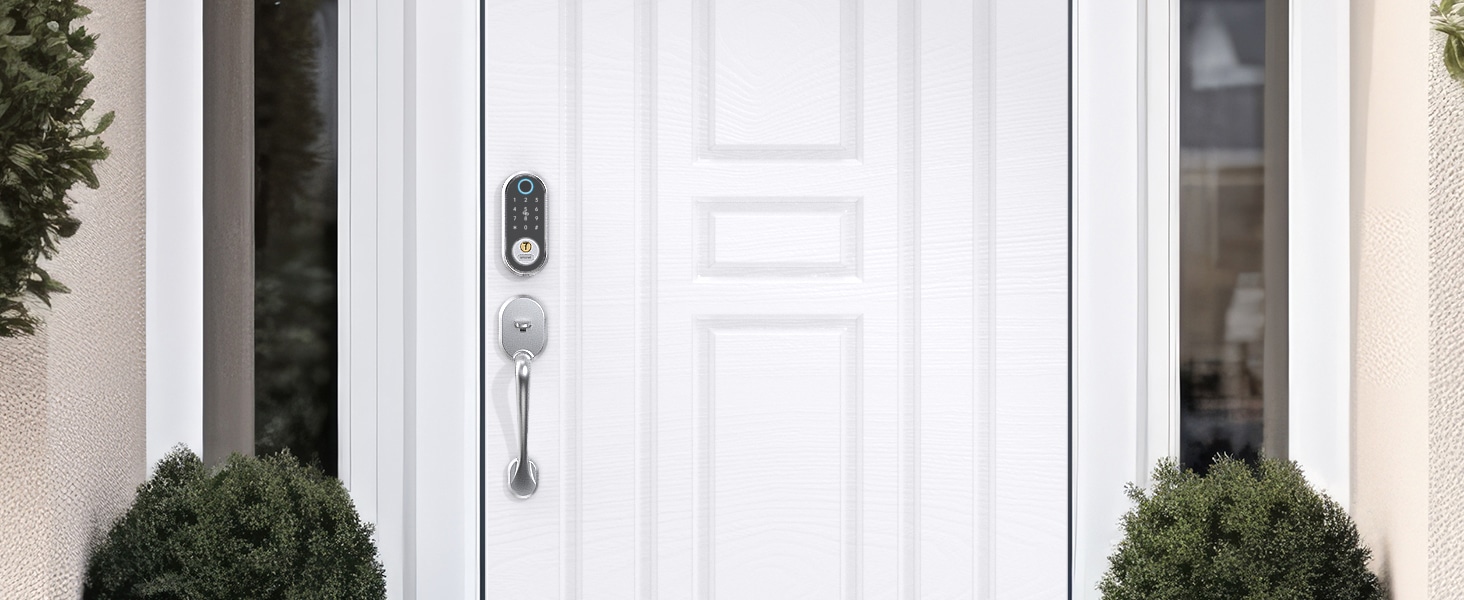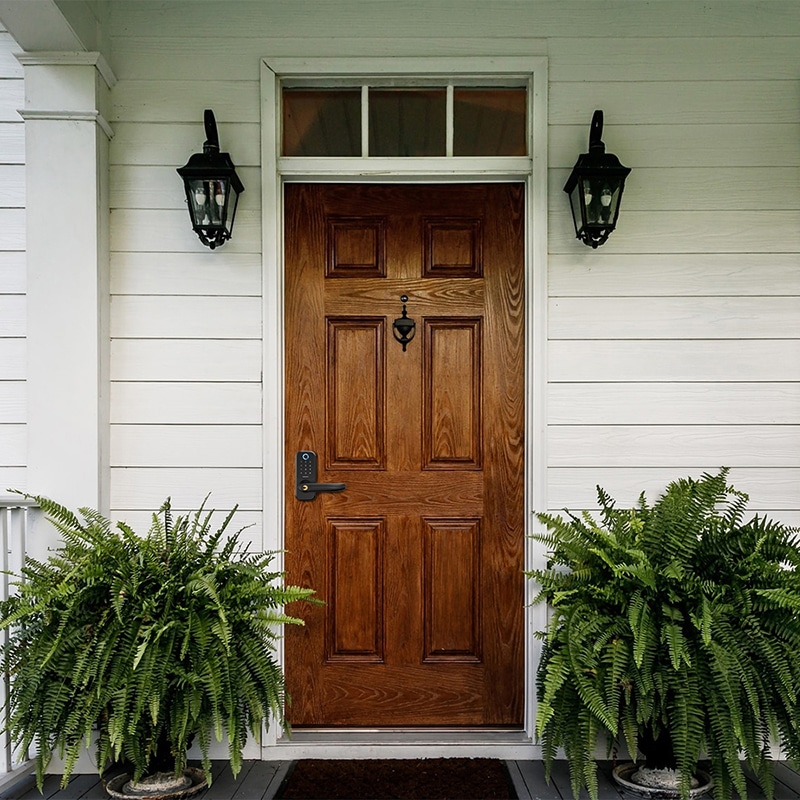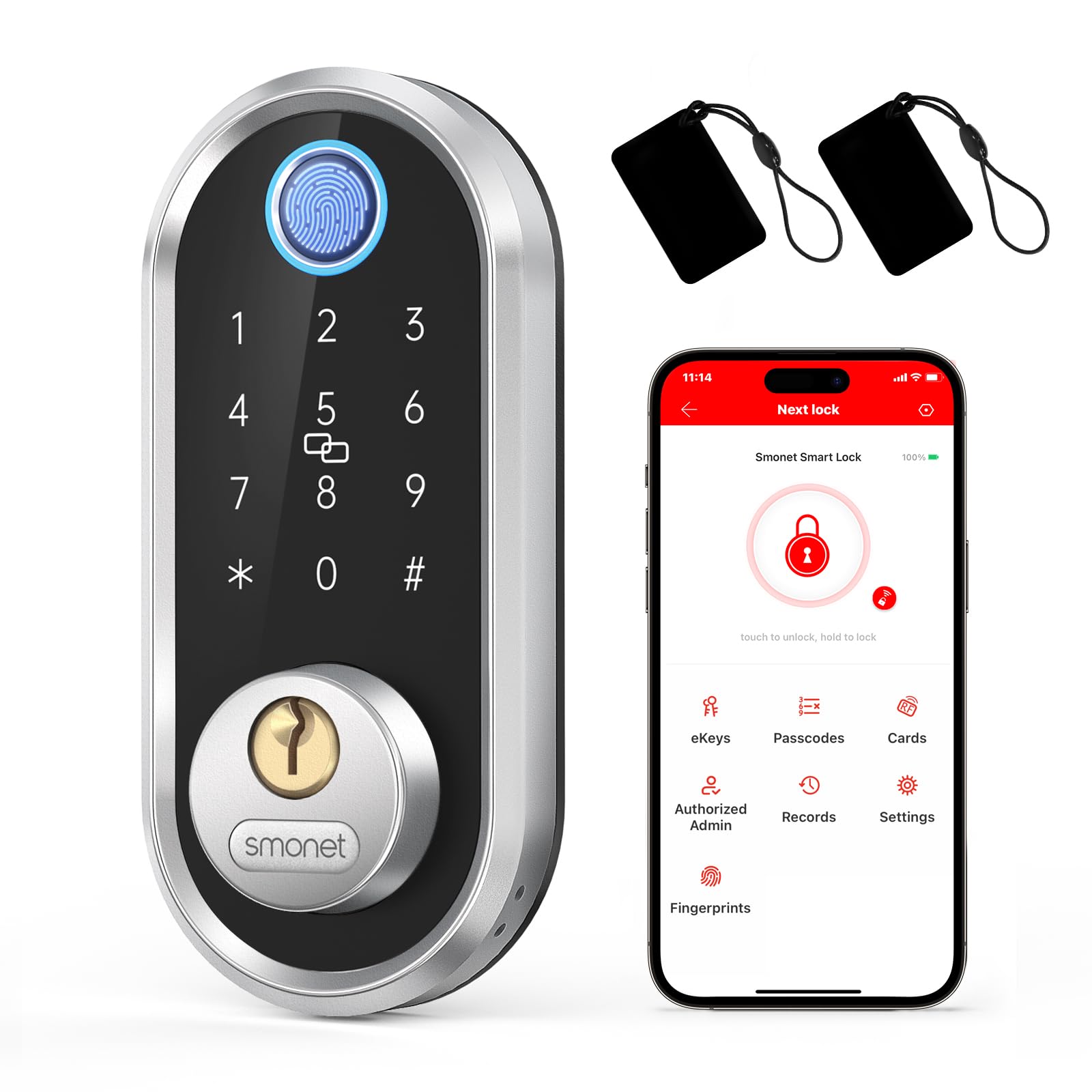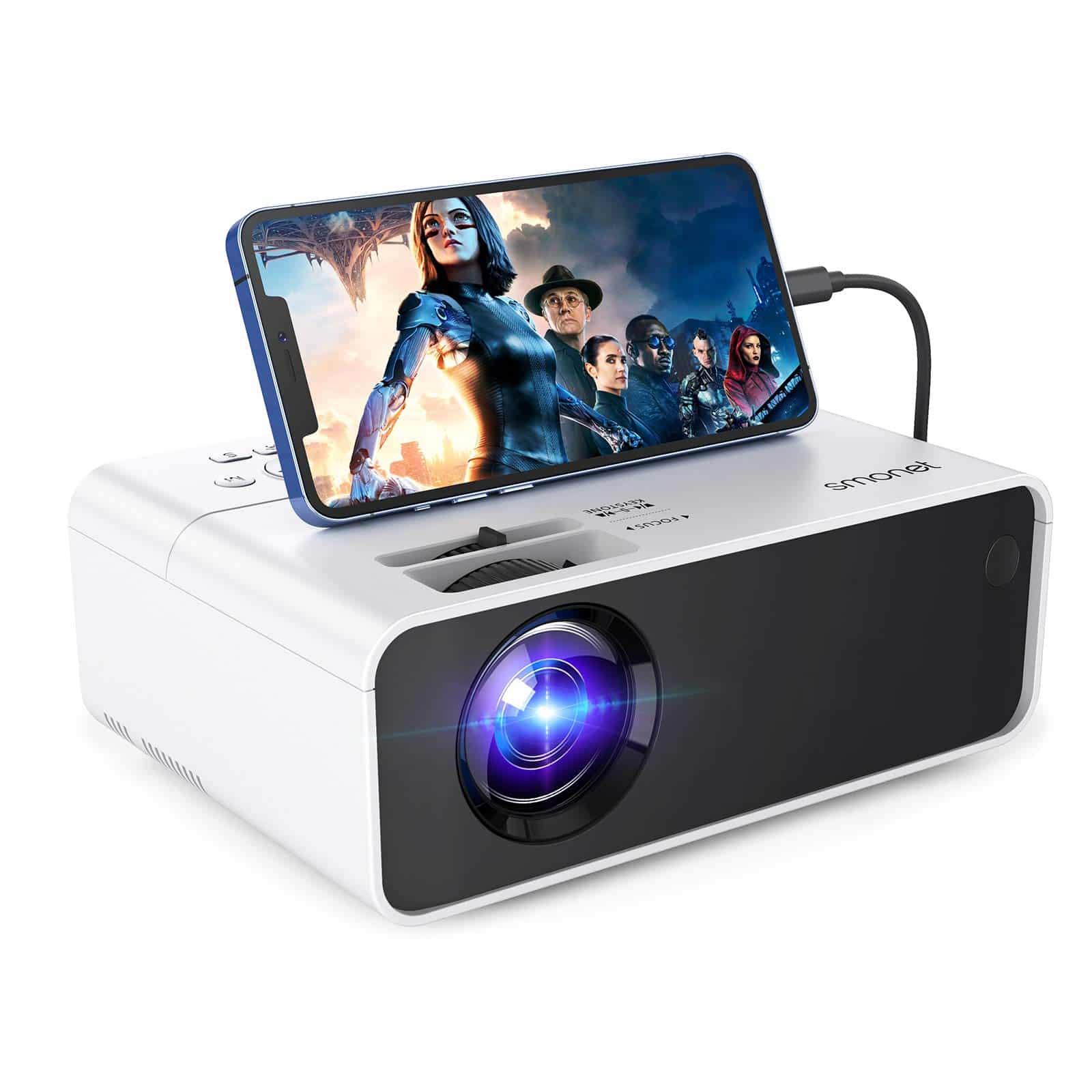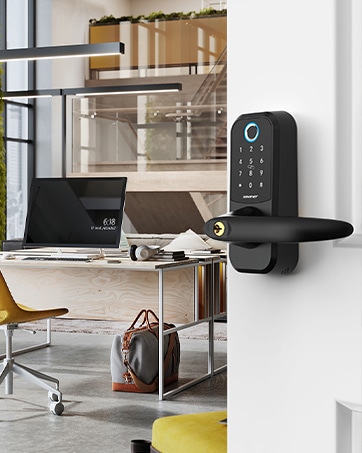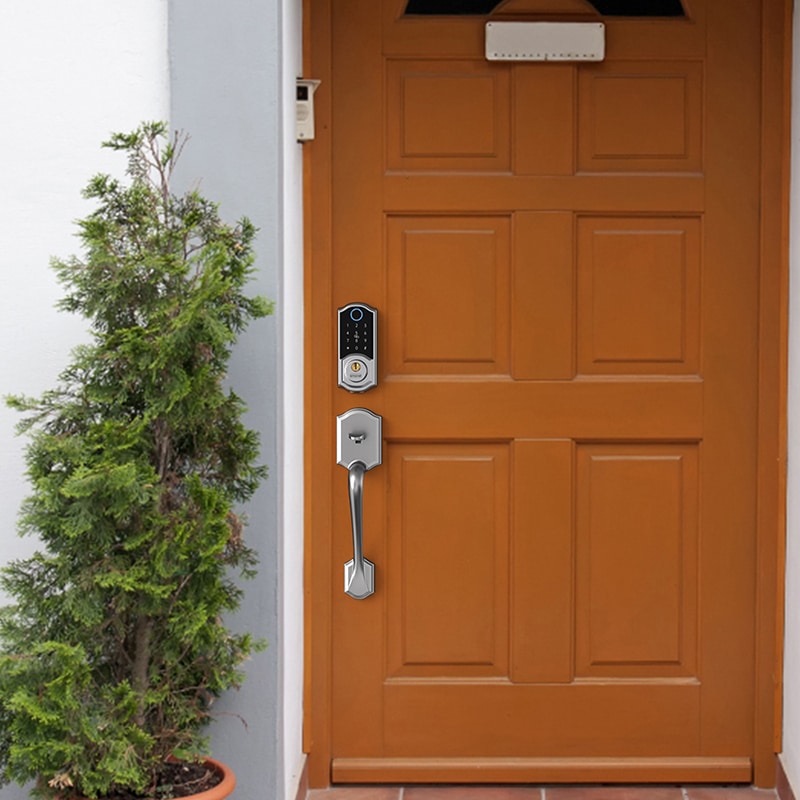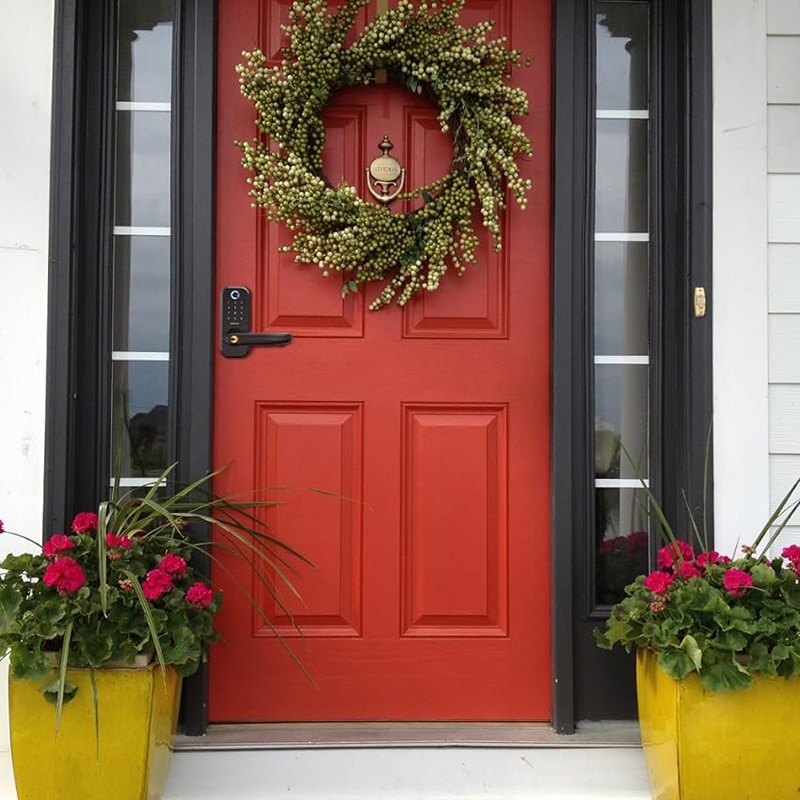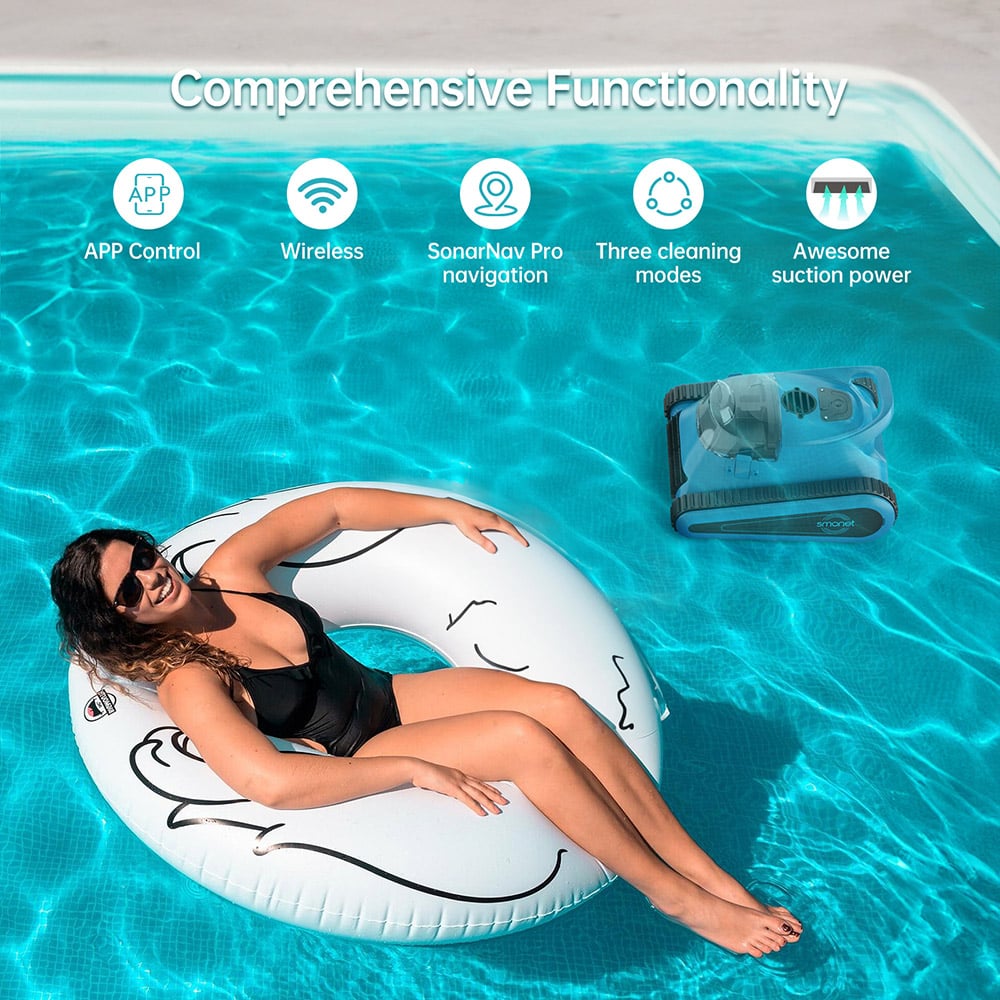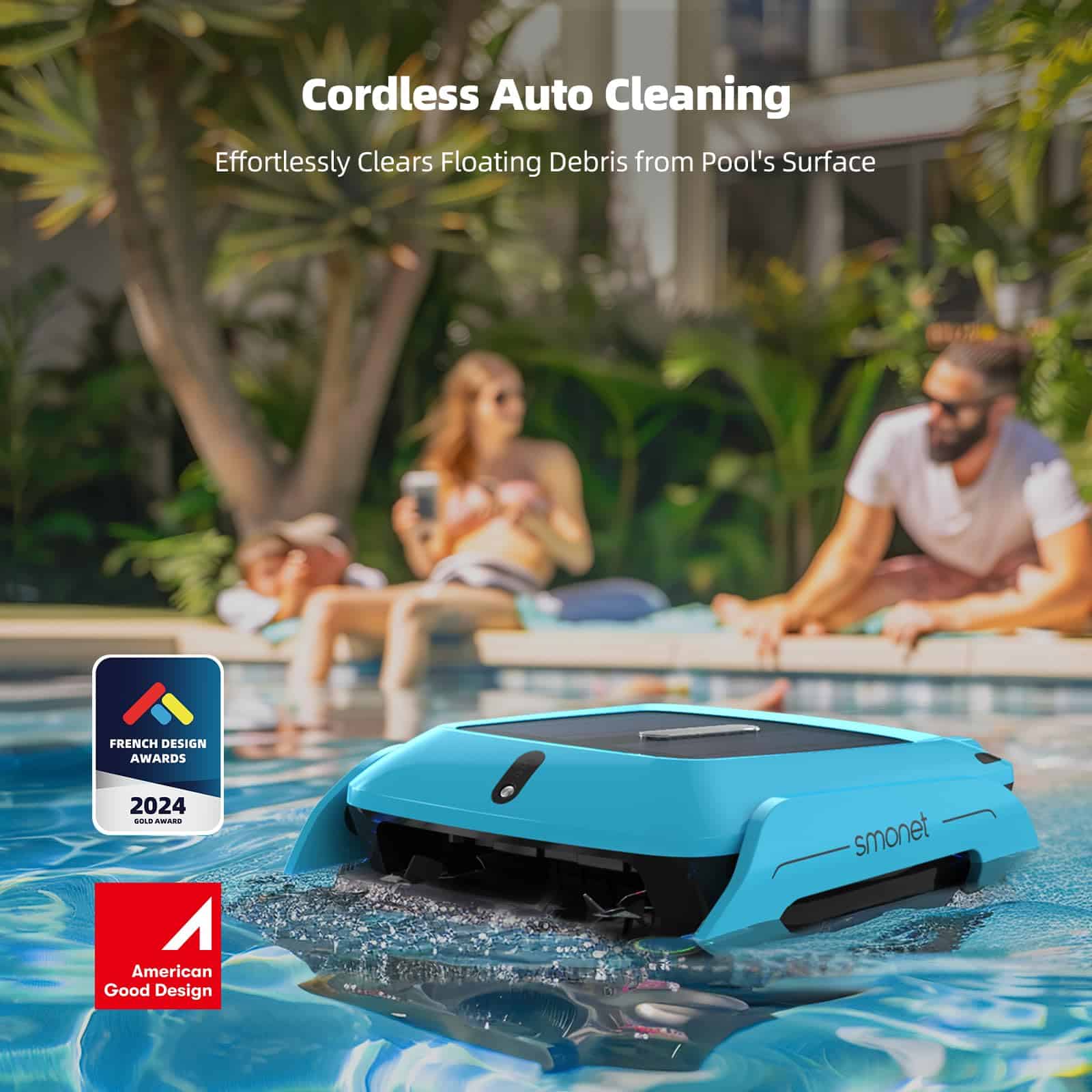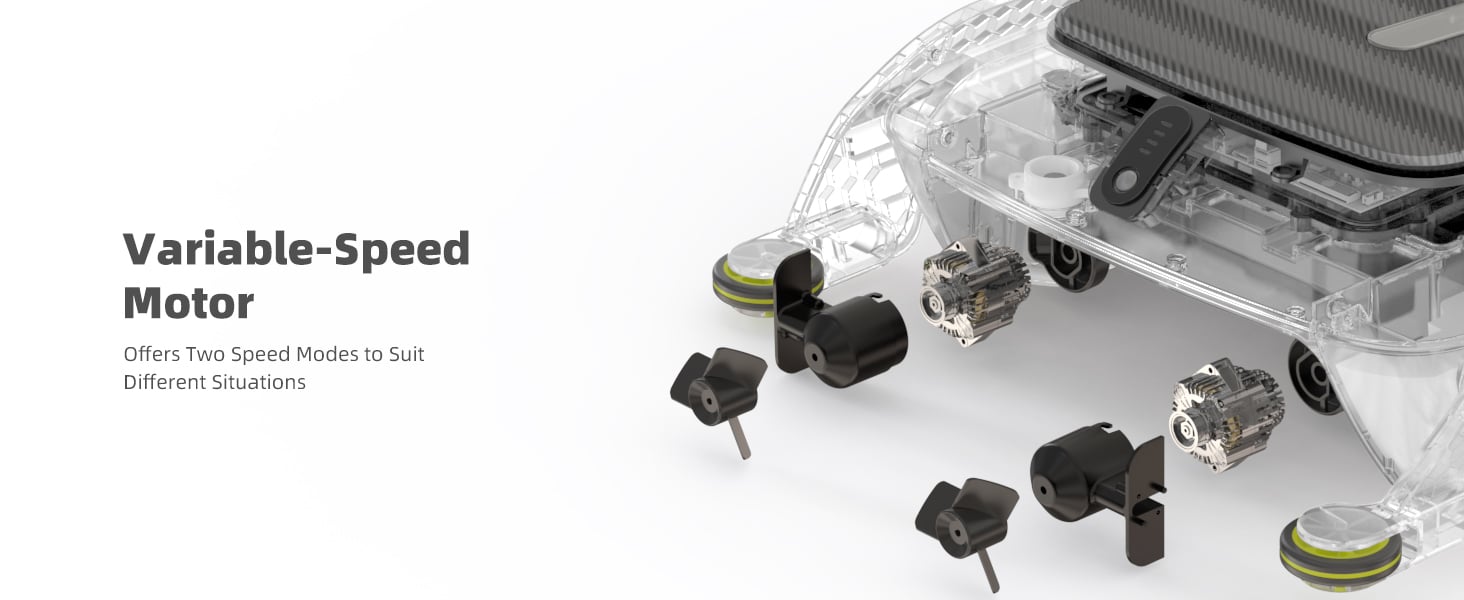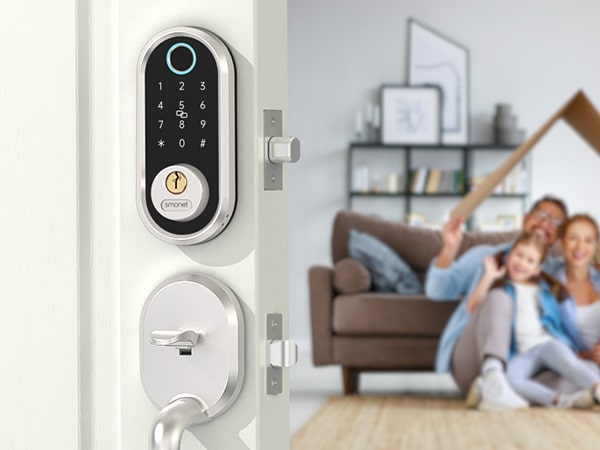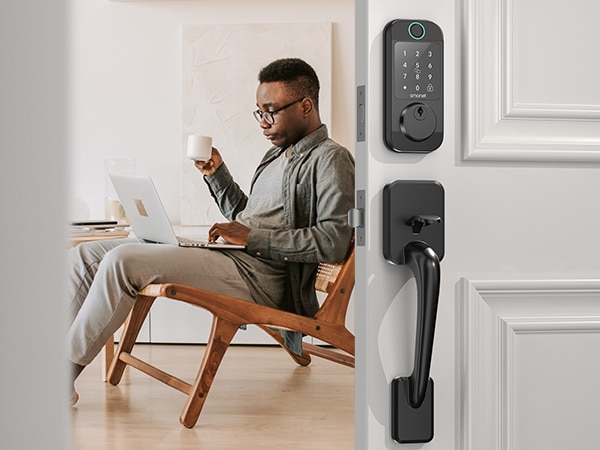Understanding The Power Source Of Digital Door Lock An Essential Component
When it comes to the overall performance and reliability of digital door lock keyless, the backbone lies not merely in its advanced locking technology, but in the source that powers it. After all, without a steady and reliable power source, even the most sophisticated lock is rendered ineffective. So, let’s delve into the power sources commonly used in digital locks.
Primarily, digital locks operate on electricity, but they achieve this through different means. Discerning among these types can be crucial in finding the lock that best suits your needs and circumstances.
Digital locks have become increasingly popular, and the most common type on the market today operates using battery power, typically either AA or AAA cells. These battery-operated locks offer a level of convenience that is unmatched, as they are not reliant on hardwiring or a connection to a home’s electrical grid, making them incredibly easy to install in a variety of settings.
Modern digital door lock specifically incorporate advanced features that enhance energy efficiency, allowing the batteries to last from several months to over a year. The longevity of the battery life can be influenced by factors such as how frequently the lock is used and the complexity of its features, such as keypads or smart connectivity options.
Additionally, most models come equipped with low-battery indicators that provide timely warnings to users. This feature ensures that users are prompted to replace the batteries before they run out, thereby preventing any disruptions in access due to battery failure.
Mains-Powered Digital Locks
Some digital locks are wired directly into the home’s electricity system. These locks have the advantage of not requiring battery replacements and provide enhanced features that might require higher power consumption. However, they are more complex to install, often requiring professional intervention. These locks often come with battery backup systems to keep the lock operational in the event of a power outage.
Power over Ethernet (PoE)
Some advanced digital lock systems, typically used in business environments, draw power via an Ethernet cable. These locks also transfer data through this cable, allowing for advanced management features and integration into wider security systems. As with mains-powered locks, PoE locks typically require professional installation.
Solar-Powered Digital Locks
Though less common, some digital door lock with deadbolt use solar power as an energy source. These locks incorporate small solar panels and rechargeable batteries. They can be great energy-efficient options, especially in areas with ample sunlight, reducing their environmental impact and saving on battery costs.
In conclusion, the power source of a digital door lock outdoor plays a pivotal role in its operation, influencing factors like installation requirements, maintenance, lifetime costs, and resilience in power outages. Therefore, when choosing a digital lock, it’s essential not only to consider basic factors like cost and security features but also the power source that best complements your lifestyle, location, and willingness to maintain.
Prime Day OFF
Until the End
-
Master Of Cleanliness: Visual Guide To Recognizing And Understanding Your Electric Pool Cleaners
-
Making the Right Choice for A Best Keypad Door Lock: A Guide Based on Material Consideration
-
The 7 Most Common Types of Locks for Home and Office Security
-
Door Knob With Fingerprint Identification- The Future Of Home Security
-
Selecting the Ideal Digital Door Lock Style and Color for Your Abode
-
Evolution Of Security- Smart Door Key Lock
-
Mailbox Digital Lock- Reinventing Mail Security In The Digital Age
-
Exploring Alternative Unlocking Solutions - Smart Lock Fingerprint Cards and Wristbands
-
Touch Id Door Locks- Next-Generation Security At Your Fingertips
-
Smonet Home Door Lock- The Future Of Home Security

